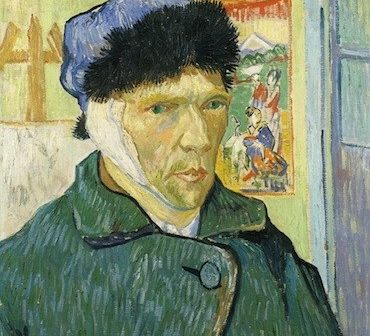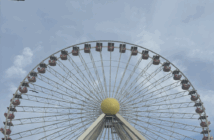By: Lester Williams Jr., Contributing Writer
Although the people of the world are separated by borders, race, and beliefs, one thing that helps brings us together is the love and appreciation we share for the arts.
Nobody can deny art has played a significant role in humanity in a variety of ways. The world wouldn’t be what it is today if artists weren’t able to mold their thoughts into different forms that appeal to the senses.
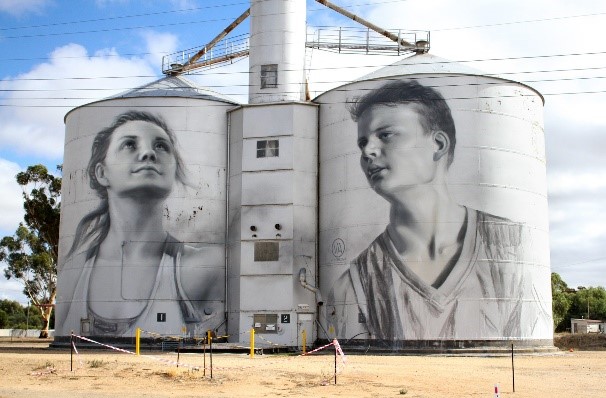
Guernica was created by Pablo Picasso in 1937. (London Evening Standard)
To this very day, art is used to highlight ideals and depict what is or has been going on in the world. One of the most famous examples is the 1937 painting Guernica, by Pablo Picasso. The painting was inspired by a Nazi bombing in Guernica, Spain that took place during the Spanish Civil War (1936 – 1939) and now stands, according to pablopicasso.org, as a “perpetual reminder of the tragedies of war… and an embodiment of peace.”
Art also possesses economic value. For many places in the world, the tourism industry is their primary source of income. Often tourists are attracted to a location’s landscape, culture, and art. A recent example is the 2016 Silo Art Trail in Australia. It is a collection of paintings on grain silos, done by local and international artists. The project, according to Creative Victoria, “is reinvigorating the economy of these regional towns with an influx of tourists.”
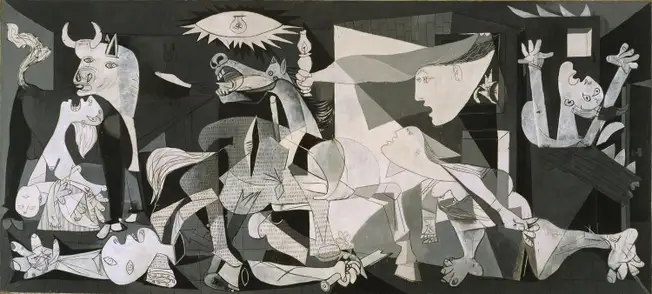
Guernica was created by Pablo Picasso in 1937. (London Evening Standard)
Although art plays a significant role in modern society, it also is used to connect humanity to the mind of the artist and the ancient world. The relics left behind give humanity a glimpse of unrecorded history and what each individual artist’s life was like.
One example of this is Vincent van Gogh Self-Portrait with Bandaged Ear Painting, which depicts how the artist could have looked after he cut off his left ear. This painting gives us a sample of the mental illness the artist experience throughout his short life before he committed suicide. Kahn Academy suggests that van Gogh’s actions “could only be that of a pitiful madman.”
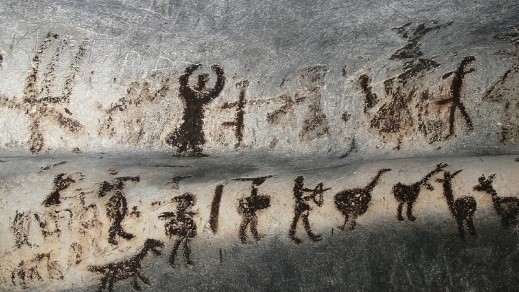
The paintings within Magura Cave, located in Bulgaria, date back as far as 6300 BC. (Oldest.org)
Another example is the cave paintings left behind in the Magura Cave in Bulgaria, which, according to oldest.org, “represent dancing and hunting people and various animals.” These paintings are just a few among thousands that allow us to better understand ourselves by looking back at what primitive life was like.
Art overall is an essential part of any society; whether you must see, feel, taste, touch, or smell it, we can all connect and appreciate some form of art and what it means to the past, present, and future of the world.

Self-Portrait with Bandaged Ear by Vincent van Gogh in 1889. (Khan Academy)

